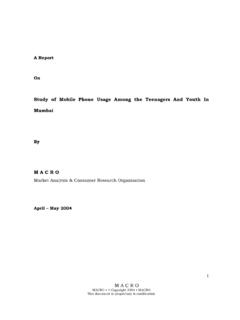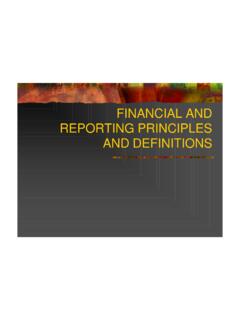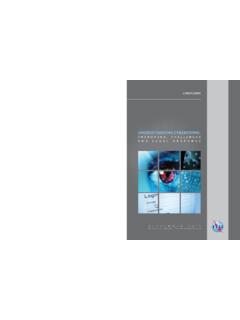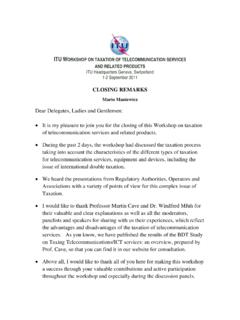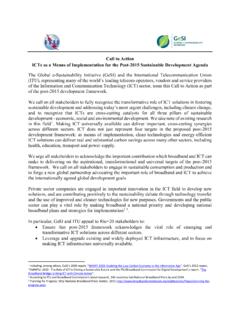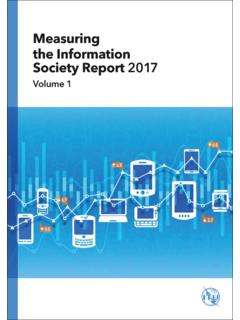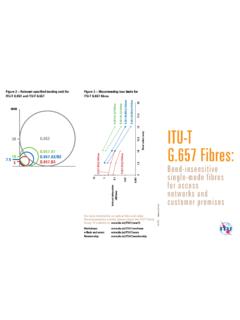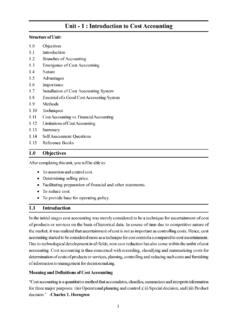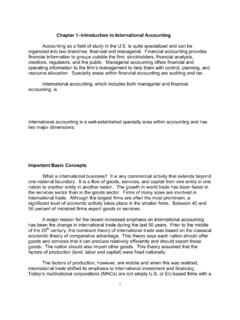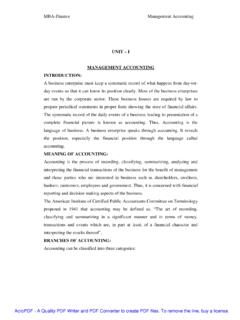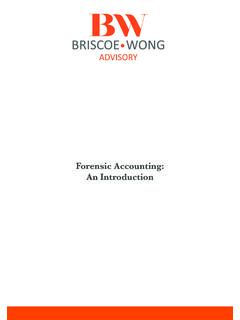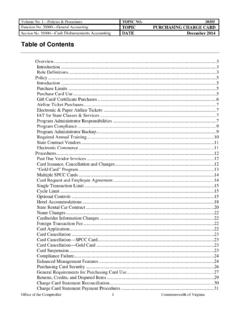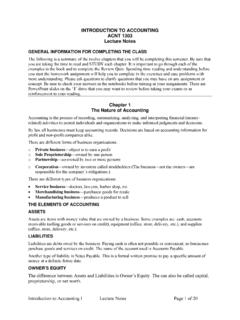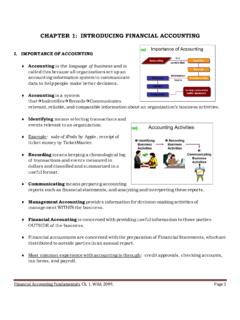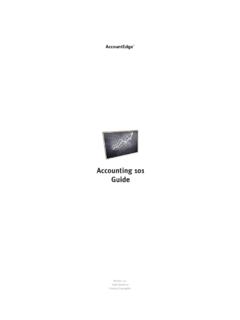Transcription of ACCOUNTING PRINCIPLES AND DEFINITIONS
1 ACCOUNTING PRINCIPLES . AND DEFINITIONS . GENERAL DISCUSSION. TOPICS. n introduction . n GENERALLY ACCEPTED ACCOUNTING . PRINCIPLES . n BALANCE SHEET ELEMENTS. n INCOME STATEMENTS (PROFIT &. LOSS) ELEMENTS. ACCOUNTING - introduction . n ACCOUNTING is the art of identifying, measuring, recording, and communicating economic information about an organisation or other entity, in order to permit informed judgments by users of the information. Microsoft Encarta Reference Library 2004. introduction 1. n Bookkeeping: record-keeping aspect of ACCOUNTING which provides data to which ACCOUNTING PRINCIPLES are applied n Created in response to the development of trade and commerce, earliest 1340. n First published ACCOUNTING work was written in 1494 by Venetian monk Luca Pacioli GENERALLY ACCEPTED. ACCOUNTING PRINCIPLES . n Uniform set of PRINCIPLES , rules, procedures, standards and guidelines of financial ACCOUNTING and reporting n GAAP is subject to change as economic circumstances change GENERALLY ACCEPTED.
2 ACCOUNTING PRINCIPLES . n Must be used in the preparation of ACCOUNTING records and financial statements n Must be complied with in order to obtain an unqualified opinion from independent auditor n Must be complied with for securities to be listed on a stock exchange and to issue new securities BASIC ACCOUNTING . CONCEPTS. n MATCHING. n Revenues and Expenses shown on the income statement must be matched for the period. n BUSINESS ENTITIES. n Every business unit/enterprise is treated as a separate entity, separating the business from the owners. n GOING CONCERN. n Unless strong evidence to the contrary, it is assumed that a business will continue to operate into the future, for a period longer than the life expectancy of its assets. BASIC ACCOUNTING . CONCEPTS (CONT.). n PERIODICITY. n The environment in which ACCOUNTING operates requires that the life of a business be divided into ACCOUNTING periods of not more than one year in length and that test readings of the progress of the business be made at the end of each period.
3 N CONSERVATISM. n The accountant should be conservative in his/her estimates and opinions and in his/her selection of procedures, choosing those that neither unduly understate nor overstate the situation. BASIC ACCOUNTING . CONCEPTS (CONT.). n CONSISTENCY. n Consistent application in the company of any given ACCOUNTING method, period after period. n COST. n Accounts used to reflect original cost of assets. n Current movement is to reflect more at fair value rather than cost . BASIC ACCOUNTING . CONCEPTS (CONT.). n MATERIALITY. n Strict adherence to ACCOUNTING PRINCIPLES is not required for items of little significance because ACCOUNTING must be practical. Thus, one should weigh the costs of complying with another ACCOUNTING principle against the extra accuracy gained. n OBJECTIVITY. n Changes in account balances should be supported to the fullest extent possible by objective evidence. BASIC ACCOUNTING .
4 CONCEPTS (CONT.). n FULL DISCLOSURE. n Financial Statements and Footnotes and other explanatory materials should disclose fully and completely all relevant data of a material nature relating to the financial position and operating results of the company. ACCRUAL ACCOUNTING . n Expenses are recognized in financial statements when they are incurred and revenues recognized when they are earned n Recording of the transaction is not dependent upon the receipt or payment of cash CASH ACCOUNTING . n Revenues and Expenses are accounted for based on cash receipts and cash payments n Cash Basis not used by large, publicly traded firms but may be used by some very small utilities ( family owned water company). FINANCIAL STATEMENTS. n Primary means of communicating important ACCOUNTING information n Balance Sheet n Income Statement n Cash Flow Statement n Footnotes n Auditor's Opinions BALANCE SHEET. Non-Utility Company Utility Company Current Assets Plant Assets Plant Assets Current Assets Current Liabilities Equity Long Term Liabilities Long Term Liabilities Equity Current Liabilities Deferred Credits Deferred Credits

